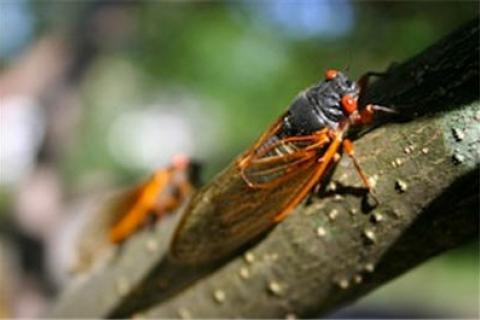
 Across the Northeast this May, billions of cicadas will descend on states from Connecticut to Virginia.
Across the Northeast this May, billions of cicadas will descend on states from Connecticut to Virginia.
Every 13 to 17 years, cicadas emerge from their underground habitats to shed their skin, and they bellow with a call that’s been measured at 100 decibels—the same as a subway train.
They also spark an old debate: Does the presence of cicadas boost bass fishing, because the bass feed on the insects and ignore the bait? Or do the cicadas entice the fish to the surface, giving anglers easy pickings?
In my opinion, the answer lies somewhere in the middle. Cicada storms may enhance bass fishing in clear-water scenarios, such as on Lake Winnipesaukee in New Hampshire and other glacial lakes. That’s because in these cases, fish tend to feed by sight.
Still, whether cicadas enhance topwater fishing is hard to say (and keep in mind that I’m not an entomologist). Will cicadas, which tend to stay near trees and bushes, ever get out over the water? Again, it’s difficult to say.
But here are 3 tips to make the most of Brood II cicadas—one of the approximately 20 known broods—this season.
1. Pay attention.
When the flora and fauna start getting active, usually the fish respond by getting active, too. See a lot of birds taking down cicadas over the water, stunning some and causing them to fall in the water? Try fishing near that area.
2. Leverage the sound.
One thing cicadas do is make a lot of noise above the water. Chuggers (also known as poppers), which would emulate on the surface, are a great bait to use when you’re trying to fish the topwater.
3. The topwater bite is always better in low-light conditions.
Regardless of whether cicadas are present, topwater fishing will always be better in low-light conditions. To get the best result, fish early in the morning or late at night.
by Keith Wilson, Bass Pro Shops fishing pro staff
- 8082 views

